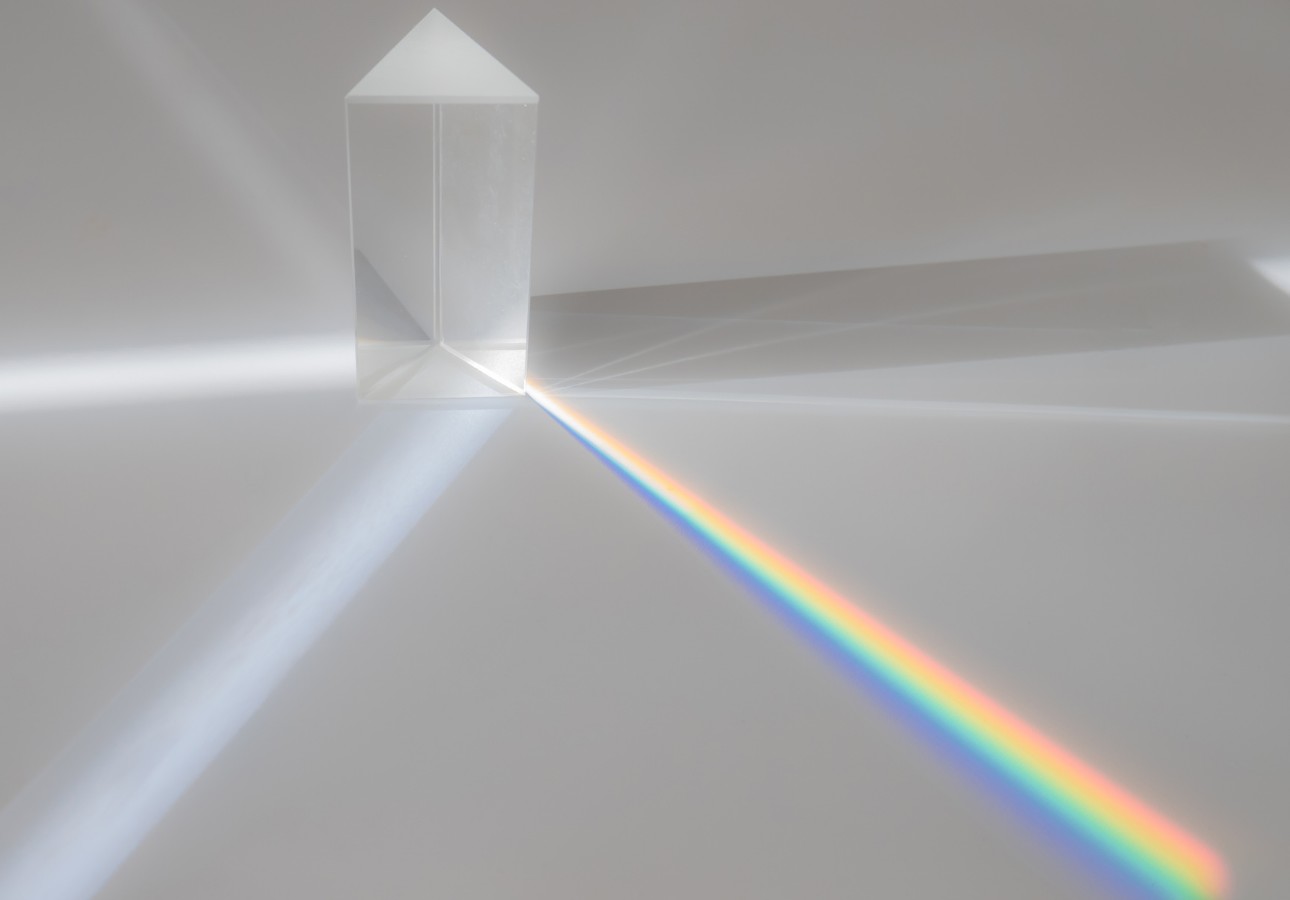Everyone has imagined the pot of gold at the end of the rainbow and seen that moment at the end of a rainstorm. But rainbows are much cooler and much more complicated than you might think. Rainbows are actually the result of the reflection and refraction of light.

How Does Light Refract and Reflect?
Refraction and reflection both occur in rainbows and both involve a change in the direction of a light wave. Refraction of light tends to “bend” the light off of its original trajectory, this can bend the light to different angles, including a complete right angle bend. This tends to occur when the light wave hits a substance with a different viscosity than air. For example, glass or water.

Reflection is when the light is “bounced” back from a surface or wavefront, for example, light bouncing back in a raindrop.
Each colour of light has a different wavelength and therefore refracts a slightly different amount of light. Because of this, when the light hits the raindrop, the refraction separates the colours and sends them out of the raindrop in different directions. This creates a rainbow in the sky as the different colours are reflected at different angles.
However, every now and then, only certain colours will make it through the raindrop and the leftover light will reflect off the edges of the raindrop. When this light hits the other side, it has already been separated into colours and is reversed as it is a reflection. This is what causes a double rainbow to appear as an exact, if not fainter, mirror image of the primary rainbow.

Follow The Rainbow

At the end of the rainbow, you’ll find a pot of gold! Everyone knows that the pot of gold is a myth, but did you know that so is the end of the rainbow? Rainbows never actually touch the ground! They look like they do due to a prism-ing effect but if you go high enough, in a plane or on a mountaintop, and look down on a rainbow; it will be completely circular!
And did you know rainbows can literally go full circle? It’s true. If you’re on an aeroplane, a mountaintop or someplace high that offers a perspective down below, the rainbow won’t be an arc but a full circle. With no ground below to stop the prism-ing effect, it just keeps going.
Not only does it not touch the ground, but the rainbow also looks different to every person seeing it! People on the ground can only see the rainbow above the horizon but because each person is standing somewhere slightly different, everyone sees a slightly different rainbow and a slightly different “end”, person A may appear at the “end” of the rainbow to person B but person A will actually see a rainbow stretching away on the horizon with the end nowhere near them.
All The Colours You Can See

Did you know that white light is composed of all colours? This includes red, orange, yellow, blue, green, violet, and indigo along with ultraviolet and infrared colours! When the white light refracts and reflects through the raindrops, the light is divided into all visible colours to create a rainbow.
Each colour has a unique wavelength, going from red with the greatest wavelength to violet with the smallest wavelength. It is this wavelength that determines whether a colour will go through the rainbow or be refracted back. The colours in the rainbow are also affected by the time of day when you are seeing them. The best time for a rainbow to be seen is the early morning or afternoon after a rainstorm. In these conditions, there is a large amount of water vapour in the atmosphere and low light levels.
On the other hand, if it is the middle of the day, you are unlikely to see a rainbow as most water vapour has likely evaporated and it is much harder to hit the correct angle for a rainbow. During the middle of the day, you will likely only see small rainbows.
During sunrise and sunset, you are likely to see a red rainbow rather than a multi-coloured rainbow you would normally expect. This is because during these times of day the light has to travel further in the atmosphere and often the shorter wavelengths, like violet and blue, have already been scattered. This means that only the longer-wavelength colours like red and orange are visible, creating a monochromatic rainbow.

Learn More About Rainbows! Talk to Street Science Today!
Want to learn more about light refraction and reflection and the science of light? Book in for Street Science’s Year 5 See The Light Workshop. With over a decade of experience in science education and with all of our staff having science and education backgrounds, our workshops are fun and educational and range from kindy all the way to senior school. Book now or contact our friendly team to learn more.




